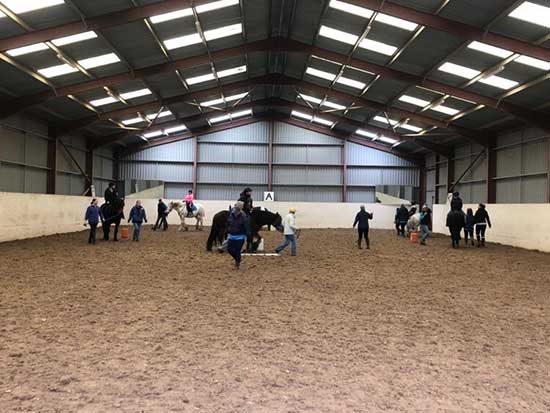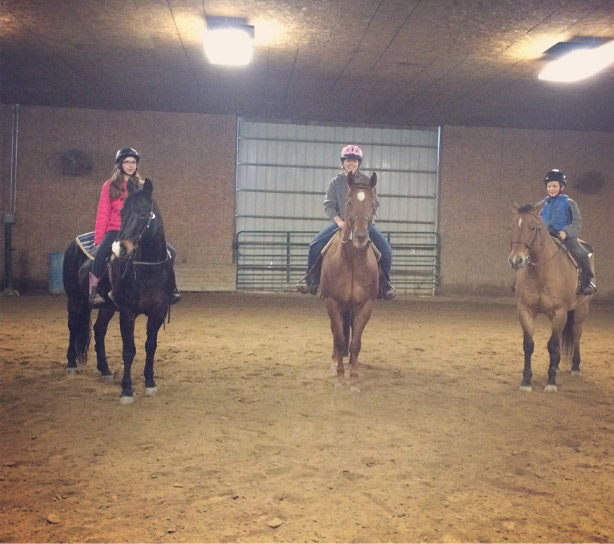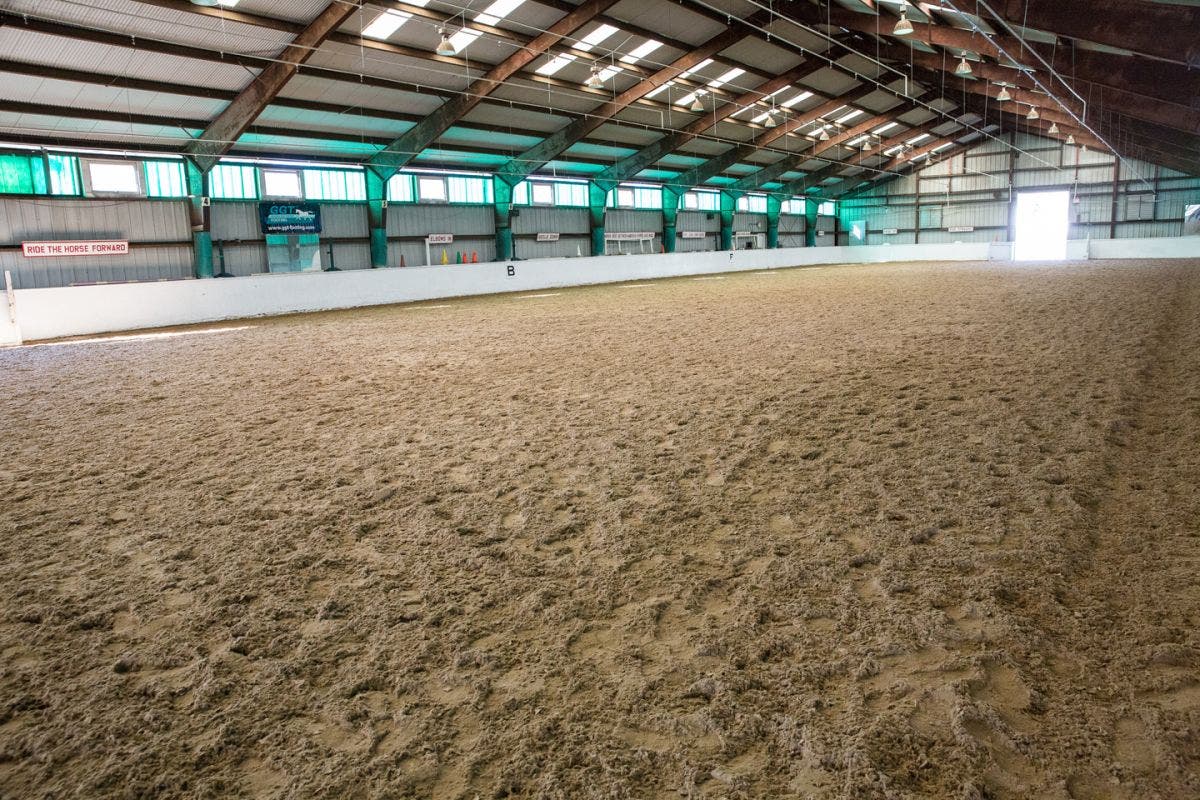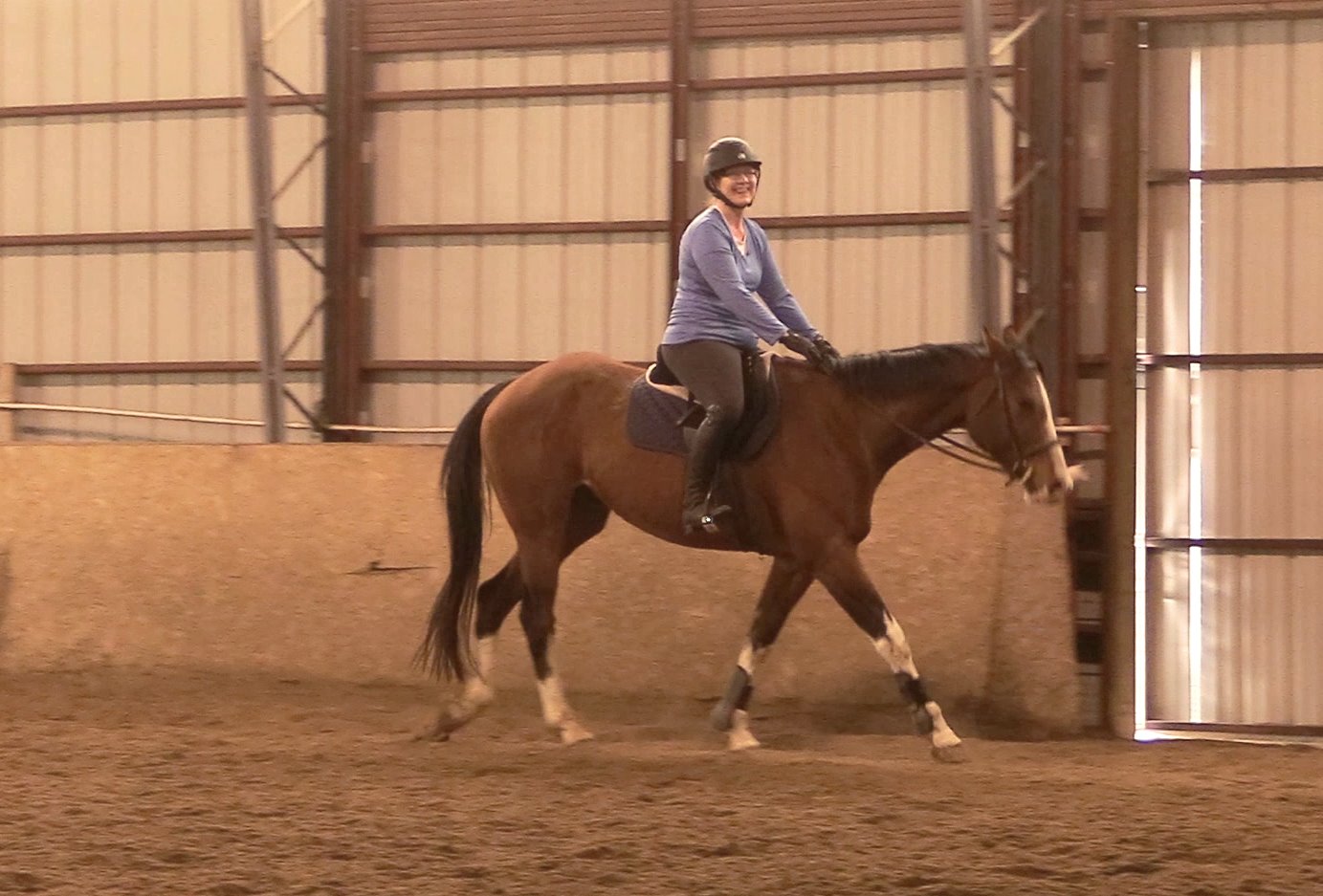Indoor vs. Outdoor Riding Lessons: A Comprehensive Guide

When it comes to learning horseback riding, choosing between indoor and outdoor riding lessons can significantly impact your experience and progress. This article explores the key differences, benefits, and considerations of both environments to help riders make an informed decision.
Table of Contents

- Introduction
- Advantages of Indoor Riding Lessons
- Advantages of Outdoor Riding Lessons
- Key Differences Between Indoor and Outdoor Lessons
- Factors to Consider When Choosing
- Frequently Asked Questions (FAQ)
- Conclusion
1. Introduction

Riding lessons are essential for developing skills, confidence, and a strong bond with your horse. The environment where these lessons take place—indoors or outdoors—can influence your learning style, comfort, and safety.
2. Advantages of Indoor Riding Lessons
Indoor arenas provide a controlled environment that is less affected by weather conditions. This consistency allows for year-round training, making it easier to maintain a regular schedule.
- Weather Protection: Indoor arenas shield riders from rain, wind, and extreme temperatures.
- Consistent Footing: The ground surface is maintained to ensure safety and optimal performance.
- Focused Learning: Fewer distractions help riders concentrate on techniques and instructions.
3. Advantages of Outdoor Riding Lessons
Outdoor lessons offer a natural setting that can enhance the riding experience and develop different skills.
- Varied Terrain: Riding on different surfaces improves balance and adaptability.
- Exposure to Natural Elements: Helps horses and riders get accustomed to changing conditions.
- Scenic Environment: Riding outdoors can be more enjoyable and motivating.
4. Key Differences Between Indoor and Outdoor Lessons
| Aspect | Indoor Riding Lessons | Outdoor Riding Lessons |
|---|---|---|
| Environment | Controlled, sheltered | Open, natural |
| Weather Impact | Minimal | Significant |
| Surface Consistency | Maintained footing | Variable terrain |
| Distractions | Fewer distractions | More distractions (wildlife, noise) |
| Training Focus | Technique and precision | Adaptability and real-world scenarios |
5. Factors to Consider When Choosing
- Personal Goals: Are you preparing for competitions or casual riding?
- Climate: Consider your local weather and how it affects lesson availability.
- Horse’s Needs: Some horses perform better in specific environments.
- Budget: Indoor facilities may have higher fees due to maintenance costs.
6. Frequently Asked Questions (FAQ)
Q1: Can beginners benefit more from indoor lessons?
A: Yes, beginners often find indoor lessons helpful due to the controlled environment and fewer distractions.
Q2: Are outdoor lessons suitable year-round?
A: This depends on the climate; in some regions, outdoor lessons may be limited during extreme weather.
Q3: How do indoor and outdoor lessons affect horse behavior?
A: Horses may be calmer indoors but gain valuable experience and confidence when exposed to outdoor environments.
7. Conclusion
Both indoor and outdoor riding lessons offer unique benefits. Your choice should align with your riding goals, local climate, and personal preferences. Combining both types of lessons can provide a well-rounded riding education.
By understanding the distinctions and advantages of indoor versus outdoor riding lessons, riders can optimize their training and enjoy a fulfilling equestrian journey.
